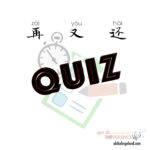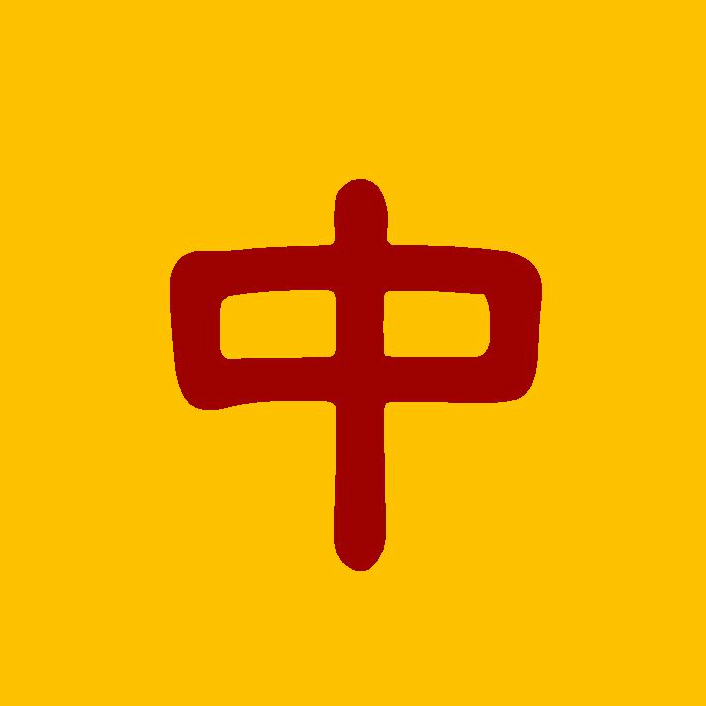Summary of 了 le
The following are the examples of 吃 in this lesson, summarising the most important and easily confused traits of 了. Those numbered with ‘A’ are not found in the lesson but added in this list to give better clarity.
1. 了 functions both as 了1 and 了2:
3a)
Wǒ chīle.
我吃了。
I’ve eaten./ I ate.
2. 了1 indicates ‘completion’ but the action has not occurred:
3b)
Wǒ chīle jiù qù shàngbān.
我吃了就去上班。
I’ll go to work after eating.
3c)
Wǒ chīle fàn jiù qù shàngbān.
我吃了饭就去上班。
I’ll go to work after eating.
3. 了2 confirms everything is done and complete:
3k)
Wǒ chīle jiù qù shàngbān le.
我吃了就去上班了。
I went to work after eating.
3kA)
Wǒ chīle fàn jiù qù shàngbān le.
我吃了饭就去上班了。
I went to work after eating.
3i)
Wǒ chīle fàn le.
我吃了饭了。
I’ve eaten./ I ate.
4. 了1 with only object, sentence sounds incomplete:
3e???)
Wǒ chīle fàn.
我吃了饭。
I’ve eaten./ I ate.
method 1, with attributive:
3f)
Wǒ chīle liǎng wǎn fàn.
我吃了两碗饭。
I ate two bowls of rice
3g)
Wǒ yǐjing chīle fàn.
我已经吃了饭。
I’ve already eaten.
3c)
Wǒ chīle fàn jiù qù shàngbān.
我吃了饭就去上班。
I’ll go to work after eating.
3i)
Wǒ chīle fàn le.
我吃了饭了。
I’ve eaten./ I ate.
5. Cases with Complements of Quantity/ Duration:
with only 了1, action is complete:3f)
Wǒ chīle liǎng wǎn fàn.
我吃了两碗饭。
I ate two bowls of rice.
3f)
Wǒ chīle liǎng wǎn fàn le.
我吃了两碗饭了。
I’ve already eaten two bowls of rice.
6. Only 了2, meaning either the action is done and complete (了1 being omitted), or the action is going to happen now:
3j)
Wǒ chīle fàn le.
我吃饭了。
1st meaning: I’ve eaten./ I ate. (了1 being omitted)
2nd meaning: I’m going to eat now.
7. Negatives:
Only 没 méi (not 不 bù) is used to negate 了1, but 了1 itself is dropped in 没 sentences:3hA)
Wǒ bù chī le.
我没吃。
I didn’t eat.
3h)
Wǒ méi chī.
我不吃了。
I’m not eating anymore.
Are you now confident about 了? Try the questions here to check how well you know it!
If you’ve enjoyed this, don’t forget to share, and do join me on Facebook, YouTube, Twitter, Pinterest!











